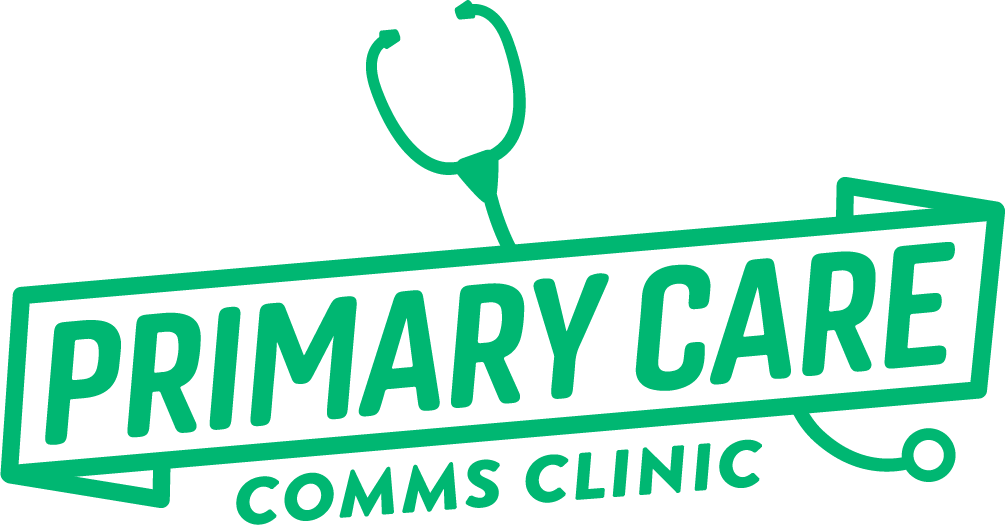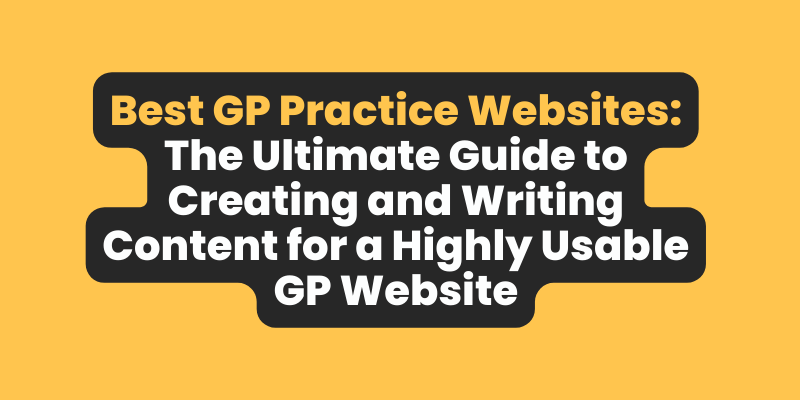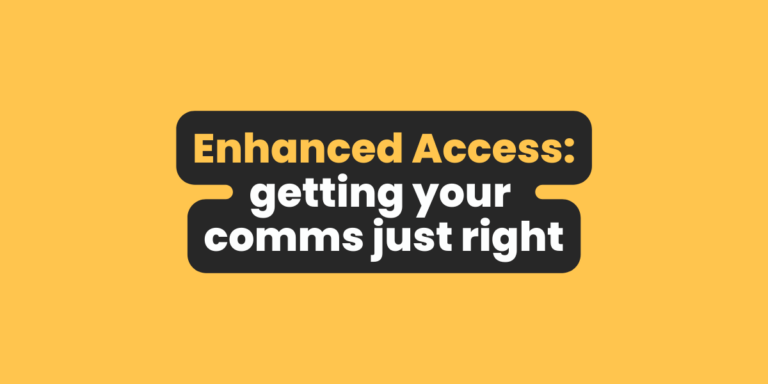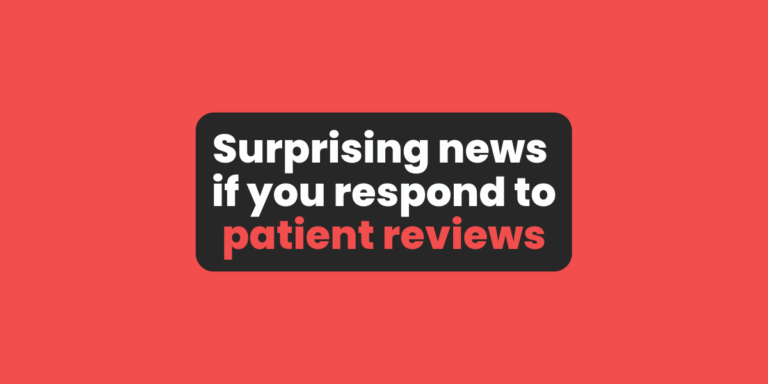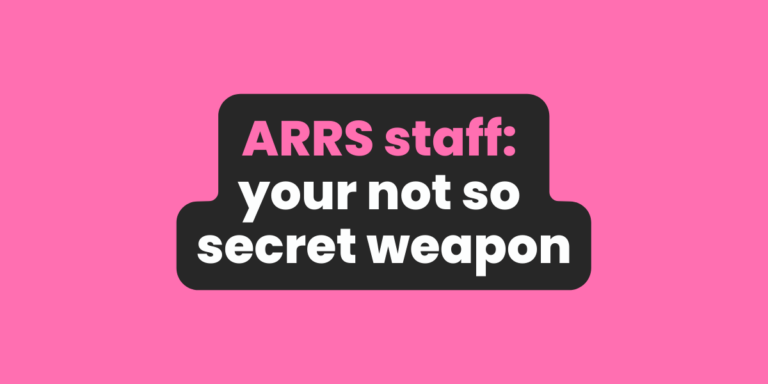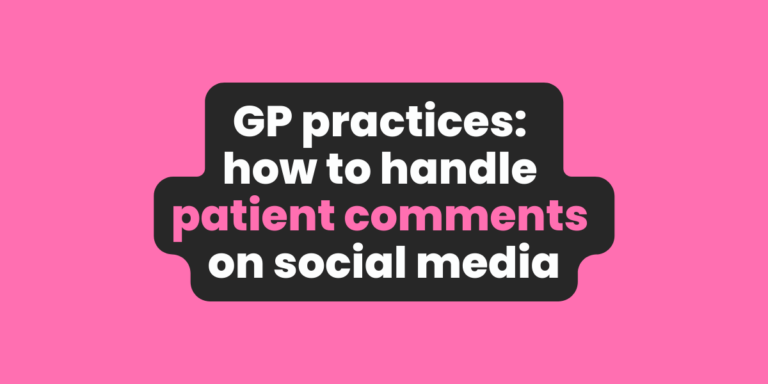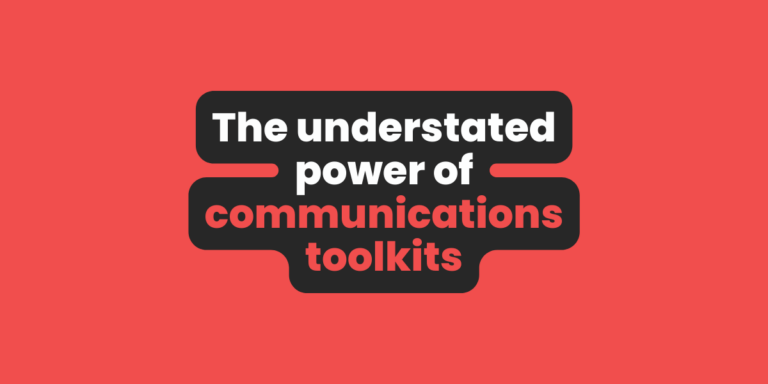Digital healthcare continues to skyrocket. According to the NHS, over half of adults in England now have access to digital healthcare. That includes services like the NHS App and booking appointments online.
The problem? Too many doctors and GP practices understandably struggle to find time to get the basics of running a usable GP website right. And that’s not just NHS practices but private ones, too.
The NHS sets out clear contractual requirements and guidance for creating a GP website. But GP surgery websites are more than just patient accessibility features and NHS contractual requirements. It’s the ultimate spot to provide up-to-date information, health advice, and patient support.
And that’s where professional content writing for doctors and their websites makes such a real difference; something Primary Care Comms Clinic has happily helped hundreds of surgeries with since 2016.
Below, we cover the best advice and guidance for creating content writing for GP websites. From what you should include to how to write patient-friendly content, we answer all your questions.
Importance of Digital Presence in Healthcare
Gone are the days of widespread patient digital illiteracy. Sure, there are a few remaining older patients who prefer to do things the old-school way. However, the majority of the British public is tech-savvy and expects their GP practice to mirror the digital services found in other local businesses.
First and foremost, that means creating an engaging, informative website filled with clear, concise, and educational content. Like patient leaflets of old, it’s now the go-to way to provide guidance and healthcare advice to patients and raise awareness about ongoing campaigns.
Consider these stats:
- 87% of UK adults owned a smartphone in 2023.
- Only 7% of UK households had no access to the internet at home in 2023.
- The NHS App, as of April 2023, had 32 million users.
- According to Statista, 58% of survey respondents said they would consider using digital health services if they were available.
- Statista found that 63.29% of survey respondents said they sought health information online in 2020 compared to just 34.41% in 2009.
In short, the British public is one of the most technologically and digitally minded in Europe. As a result, there’s a growing expectation and desire for high-quality GP practice websites.
How a Good Website Benefits General Practitioners and Patients
A good GP practice website benefits everyone. There are endless opportunities for general practitioners (GPs) and patients, from surgery promotion to patient education. It bridges the gap between healthcare providers and those seeking medical assistance, creating a reliable resource for medical education.
Here are some benefits for both groups:
For General Practitioners:
- Efficiency in Practice: A well-structured website streamlines patient management. From appointment request forms or scheduling to medical records access, it helps reduce administrative workload.
- Professional Online Presence: Showcasing your clinical staff’s qualifications and special interests online enhances credibility and attracts more patients.
- Improved Communication: Secure messaging features on the website allow for better and faster patient-clinical team interactions, sometimes saving the need for an appointment slot.
- Educational Outreach: Sharing health information online from health professionals the patient knows and trusts already helps educate patients about various health conditions.
For Patients:
- Ease of Access: Online platforms simplify booking appointments and accessing medical records, making healthcare more accessible.
- Informed Healthcare Choices: Comprehensive practitioner information and patient reviews aid patients in choosing the right healthcare providers for them and their families.
- Access to Health Information: Educational website content empowers patients to better understand and manage their health and when to access the practice for further support.
- Convenient Healthcare Interaction: Features like SMS appointment reminders and long-term condition review forms built into your site enhance patient experience and support.
What Should Be on a GP Practice Website?
Part of the problems GPs face is a lack of expertise. Medical school doesn’t teach you how to run a GP surgery, let alone the ins and outs of content marketing and website design. So, what should you include on the GP practice website to maximise success?
Together with the NHS’ official guidance which spells out exactly what should be there, there are some apparent key features and aspects:
- User-Friendly Navigation
- Comprehensive Service Information
- Online Appointment Booking
- Mobile-Friendly Responsive Design
- Up-to-Date News and Articles
User-Friendly Navigation
Let’s be honest: the primary GP population skews towards older demographics. Creating a highly complex or confusing website design will exclude a significant proportion of your target audience. Try to balance building a website that contains all the information while not bamboozling older people, who, while digitally proficient, aren’t always as savvy as younger patients.
That means a clear layout, intuitive menus, and easily accessible information. If in doubt, take a leaf from expert web designers: get patients to try it. Ask your patient participation group to review it. See where they click, what questions they ask, and if it confuses them. Give them simple tasks to complete – for example, finding an article about flu vaccinations or booking an appointment.
Comprehensive Service Information
Detailed information about your practice and its people is critical. After all, your website is the primary resource patients will use to learn about your surgery (alongside Google Maps where patients will look if they don’t have your number stored in their phone). That information should cover the names of all the doctors, nurses, healthcare assistants, and other clinical staff (photos if you can get them), their qualifications and genders, practice contact information, the address, opening times, out-of-hours information, and more.
Other information could cover any specialities provided (if a doctor offers acupuncture or is a veterans health specialist, for instance), vaccination clinics, screening details, and the types of consultations available.
Online Appointment Booking
Online appointment booking is now the backbone of GP practices post-COVID. According to NHS statistics, between May and August 2021, 268,063 GP appointments were booked via the NHS app. However, that doesn’t include appointments requested directly through GP websites using tools like Accurx or eConsult.
Streamline patient access with a simple online appointment booking process. And set expectations from the start by being clear about when patients can expect a response from you and what to do if they haven’t heard from you in that time frame.
It’s also an opportunity to care navigate patients successfully, asking them to fill out a few questions to explain what’s going on and why you’re asking them for this information.
For example: “Please give as much information as you can. Our doctors will use the information you give us to choose the most suitable doctor, nurse or health professional to help you.”
Mobile-Friendly Responsive Design
Beyond medicine, mobile-friendly design is rapidly becoming the preferred option for many businesses. Why? Because internet usage is shifting from a desktop-first to a smartphone-first culture. Little surprise then that Brits spend an average of 4 hours and 14 minutes per day staring at their smartphones.
That’s a bit concerning – but it’s also an opportunity. If your GP practice website isn’t mobile responsive or written for mobile-first, you’re excluding a significant chunk of your younger demographics.
Up-to-Date News and Articles
Had a new GP join the practice? Running an extra cervical screening clinic this Saturday? Educating working patients about diabetes prevention? Whatever your news or campaign, publishing high-quality content for your website on a consistent basis is critical.
Of course, few GP practices have the time or expertise to churn out educational content for patients, let alone update on the daily surgery news. That’s why many turn to third-party services (more on this below).
Writing Patient-Friendly Content for a Highly Usable GP Website
Content writing for GP websites is a tricky topic. Unlike, say, this article, you can’t always risk a conversational, friendly tone depending on the subject. Patients expect doctors to be authoritative while personable. But, on the other hand, you can’t alienate patients with dense jargon either – myocardial infarction or erythrocyte count, anyone?
Thankfully, there’s a middle ground (one the NHS’s own website hits perfectly). Balance being informative and authoritative while refraining from the dense medicalese you’d find in the BMJ.
Still confused? Follow these tips when creating content for your GP website:
- It’s Not What You Say, It’s How You Say It. Employ simple, straightforward language to make content accessible to everyone. Avoid medical jargon and explain complex concepts in layman’s terms, ensuring patients of all educational backgrounds can understand. For example, when referring to faeces, use the word poo instead.
- Health Education Resources. Provide a variety of educational materials in different formats, like articles, infographics, and videos, about common health issues and treatments. People digest content in different formats. These resources should empower patients to make informed decisions about their health care and promote preventive practices.
- Self-Referral and Using the NHS App. Clearly explain how patients can utilise digital tools like the NHS App for self-referrals and self-care using messengers your patient knows, like a friendly care coordinator or patient participation group representative. This includes step-by-step instructions on navigating the app, highlighting its benefits in streamlining patient care and reducing the dreaded 8am phone rush.
- Building Trust with Patient Reviews. Incorporate a dedicated section or page purely for patient testimonials, showcasing real experiences and feedback from NHS.uk and Google Business listings as well as results from any surveys you’ve run. This transparency builds trust and gives new patients a sense of the quality and type of care they can expect from people just like them.
- Meet the Team. Offer detailed medical and administrative staff profiles, including their qualifications, areas of expertise, and personal statements about their approach to patient care. This helps to humanise the staff, making them more approachable and building a stronger patient-provider relationship.
Benefits of Choosing a Content Writing Service
Content isn’t just about publishing for the sake of it. Done right, it’s the best way to educate, inform, and boost participation. That’s doubly important for GP surgeries, given the significant health inequalities that exist in the UK.
Too often, patients take the wrong action or don’t take the proper preventative measures because of a lack of information. There’s also a tendency for the availability of good medical care to vary inversely with the needs of the population served (“Google” the Inverse Care Law). Content, however, has no boundaries. So long as a patient has internet access, they can access this free medical resource.
That being said, if you’re an NHS practice, your content writing should still conform to the NHS content style. The NHS Content Style Guide is an excellent resource, providing general principles on writing accurate, neutral, and helpful content whatever your healthcare business.
Alongside this, update any web pages and your news section often, taking care to prune any content that’s out of date or has no views (unless necessary for some other reason, like an NHS contractual requirement).
Final Thoughts
Sounds a bit overwhelming? Already struggling for time? You’re not alone. We’re regularly contacted by GP practices wanting to do more for their patients but lacking the time to do so. Our content writing for doctors service is the perfect prescription.
You’ll receive easy-to-read medical content (fully compliant with NHS content styles) to drive better patient outcomes and promote participation. Get in touch today to learn how Primary Care Comms Clinic can help.
